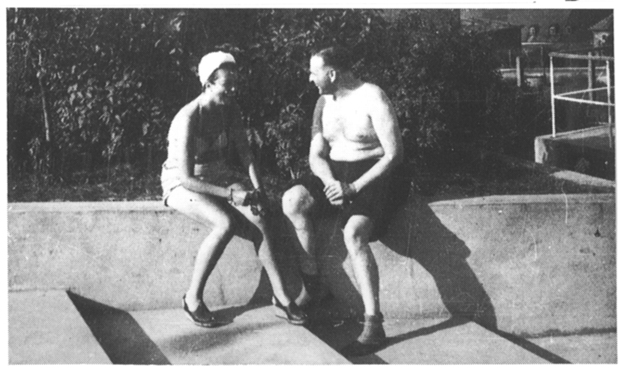
Stephen Spielberg’s film Schindler’s List shows camp commander Goeth shooting at inmates in the camp from his villa on a hill into the camp. This is a gross falsification on Spielberg’s part. Goeth’s dwelling was, in fact, not located on a hill at all, but in a depression below the camp, offering no view into the camp at all. For Goeth to have shot into the camp from dwelling would simply have been impossible. http://www.cwporter.com/bild1.htm
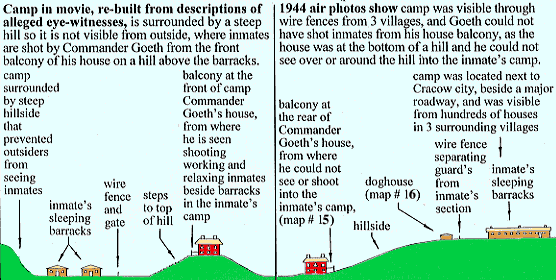
on the basis of air photos of the Plaszow camp, John C. Ball proved that Goeth dwelling was located on the other side of the camp, behind a hill. He could not, then, as graphically depicted in the film, shoot at inmates in the camp from his dwelling. This means that the Auschwitz liars are, once again, simply lying to millions of movie-goers, who allow themselves to be treated with contempt in this fashion.
This is only one of the many swindles in Spielberg’s film. Spielberg even has the shamelessness to insinuate that sometimes water issued from the shower heads and sometimes gas. This allows the movie-goer to gain the impression that Zyklon was like city-gas, which could flow through pipes! Naivety and superstition are as pervasive in the 20st century as in the darkest of the Middle Ages. http://www.cwporter.com/bild1.htm
From the film:
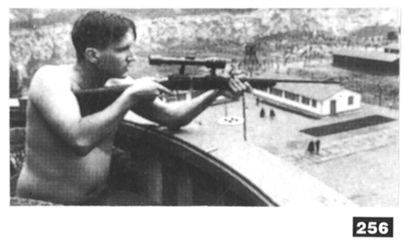
(256) Spielberg depicts the SS camp commandant as slim and snappy, a real Hollywood Nazi. In reality, Goeth was a middle aged-man, balding with a pot belly. He was, in fact, a passionate marksman, but shot at birds, not prisoners.
In reality:
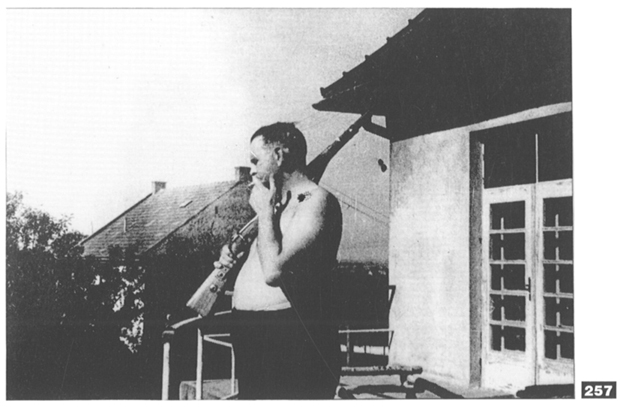
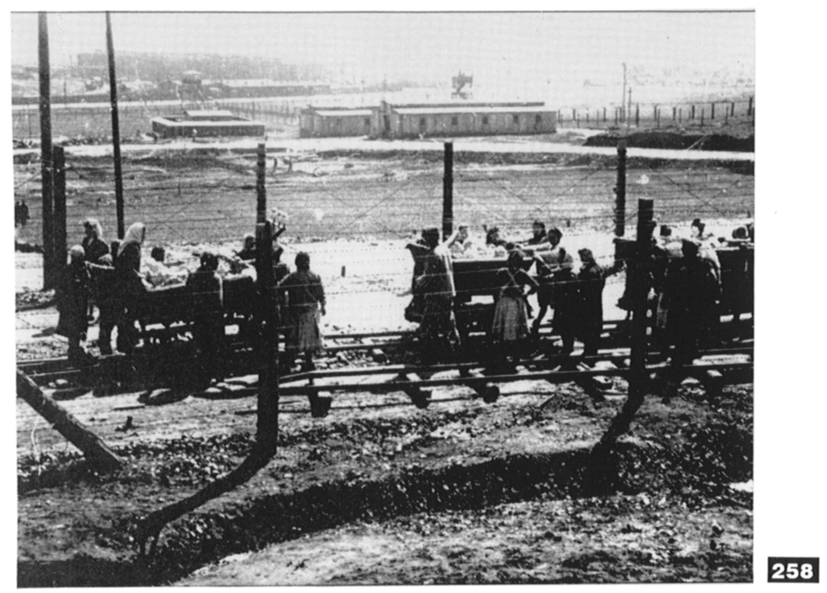
(258) Women inmates on rest break in the Plaszow camp, before pushing the stone-laden carts up the hill. There are no Kapos with whips in sight. In this regard, compare the illustrations 210 and 211. http://www.cwporter.com/bild1.htm
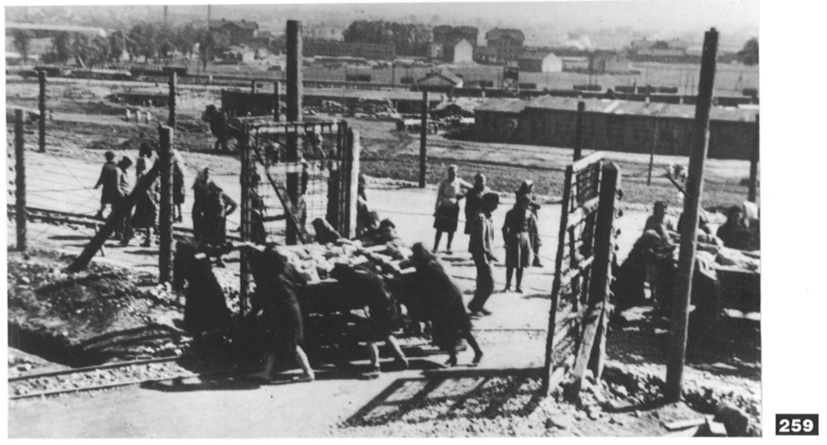
(259) This shows the inmates pushing the carts uphill. A few onlookers stand around in the background. A quite normal photograph of people of people at work. http://www.cwporter.com/bild1.htm
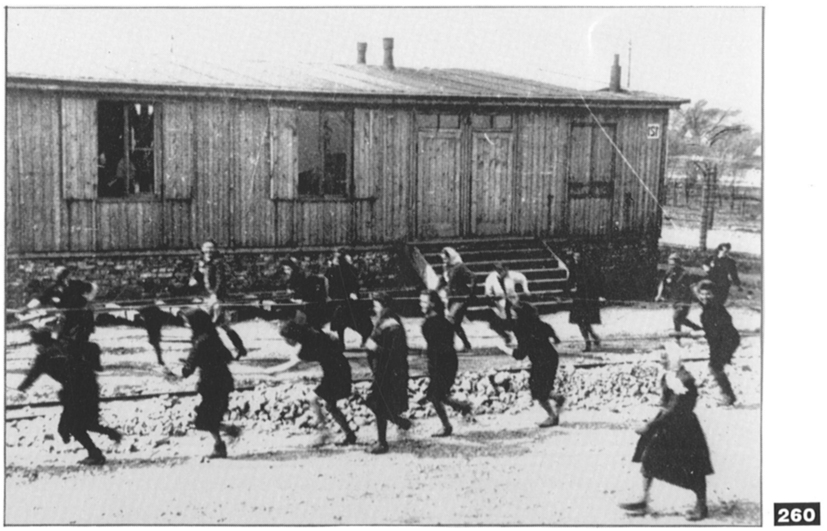
(260) Laughing women pulling now empty carts back down the hill. http://www.cwporter.com/bild1.htm
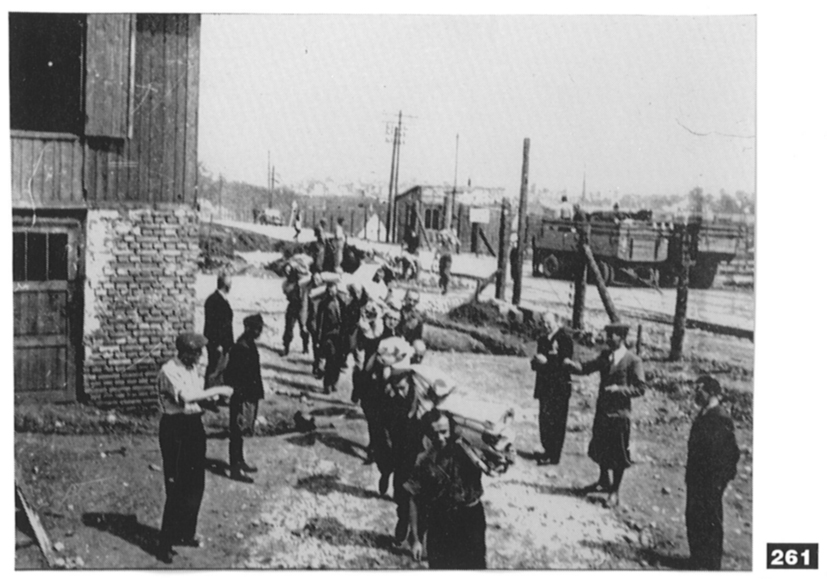
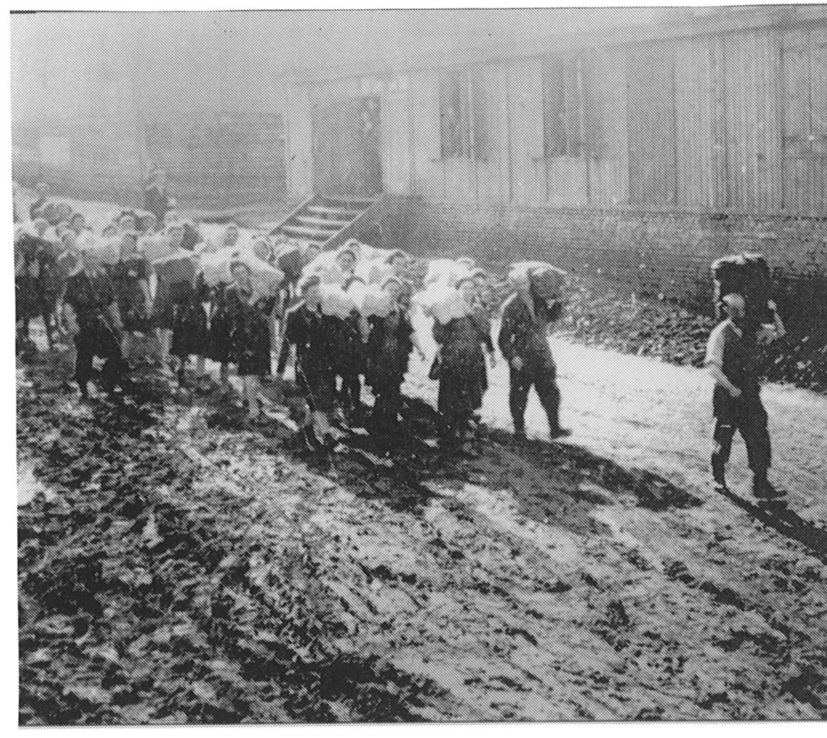
(261 and 262) the arrival of new, mostly Jewish prisoners (Plaszow camp). They are receiving bedclothes and necessary possessions. Civilians and one Kapo look on. The road on photo 262 is slippery and not yet paved or asphalted. http://www.cwporter.com/bild1.htm
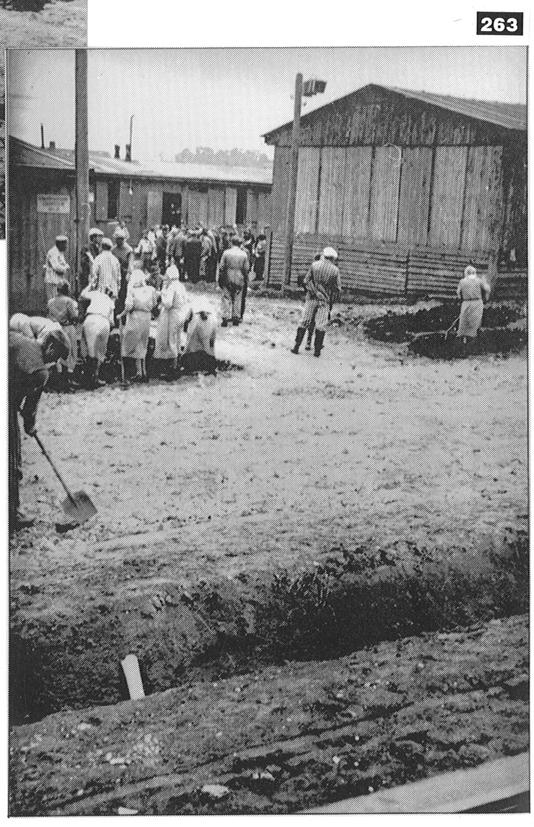
(263) Male and female inmates working together to improve the roads in Plaszow camp.
Camp commandant Goeth was placed on trial by the Poles after the war and hanged.
http://www.cwporter.com/bild1.htm